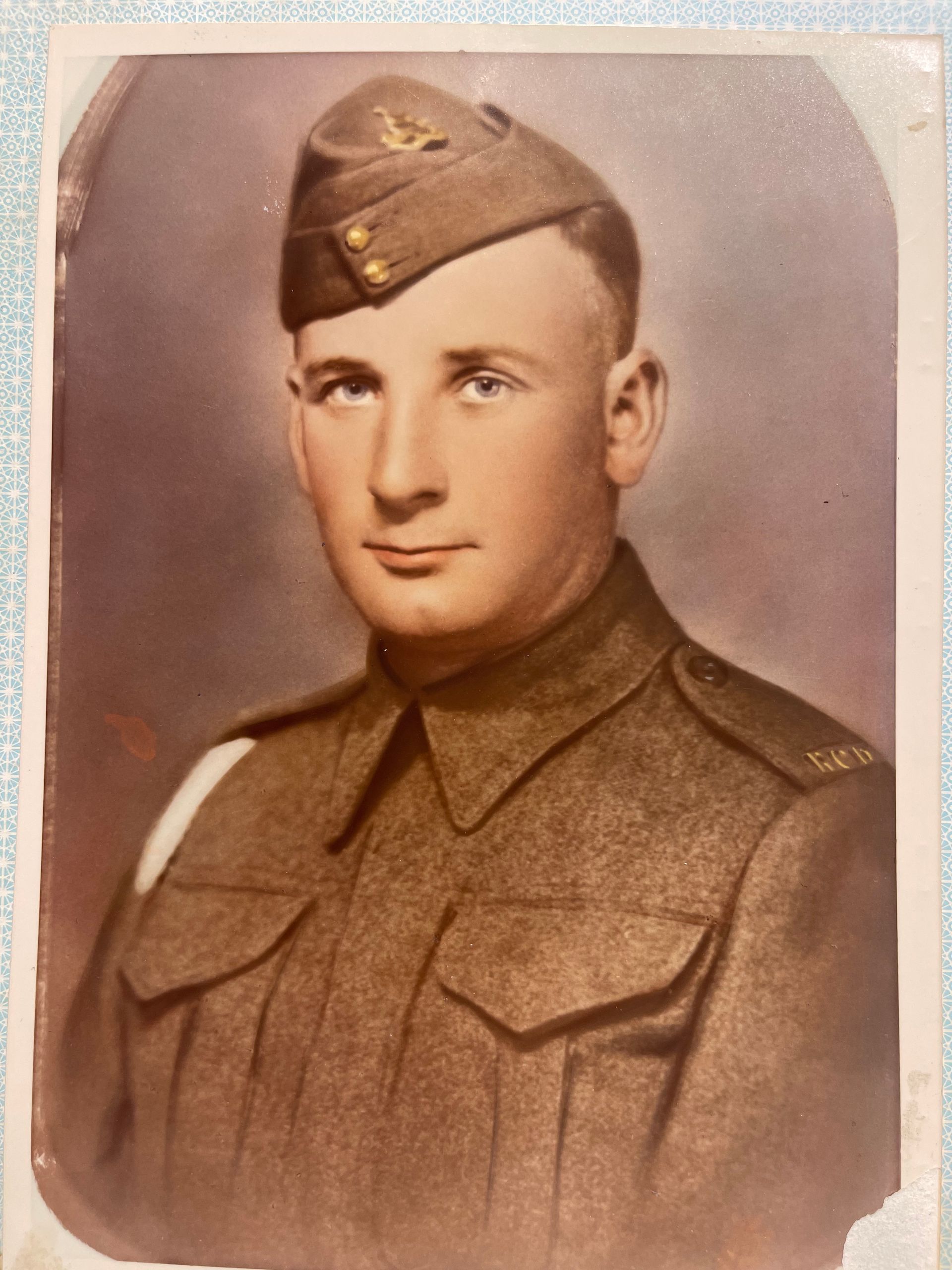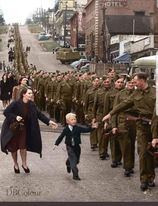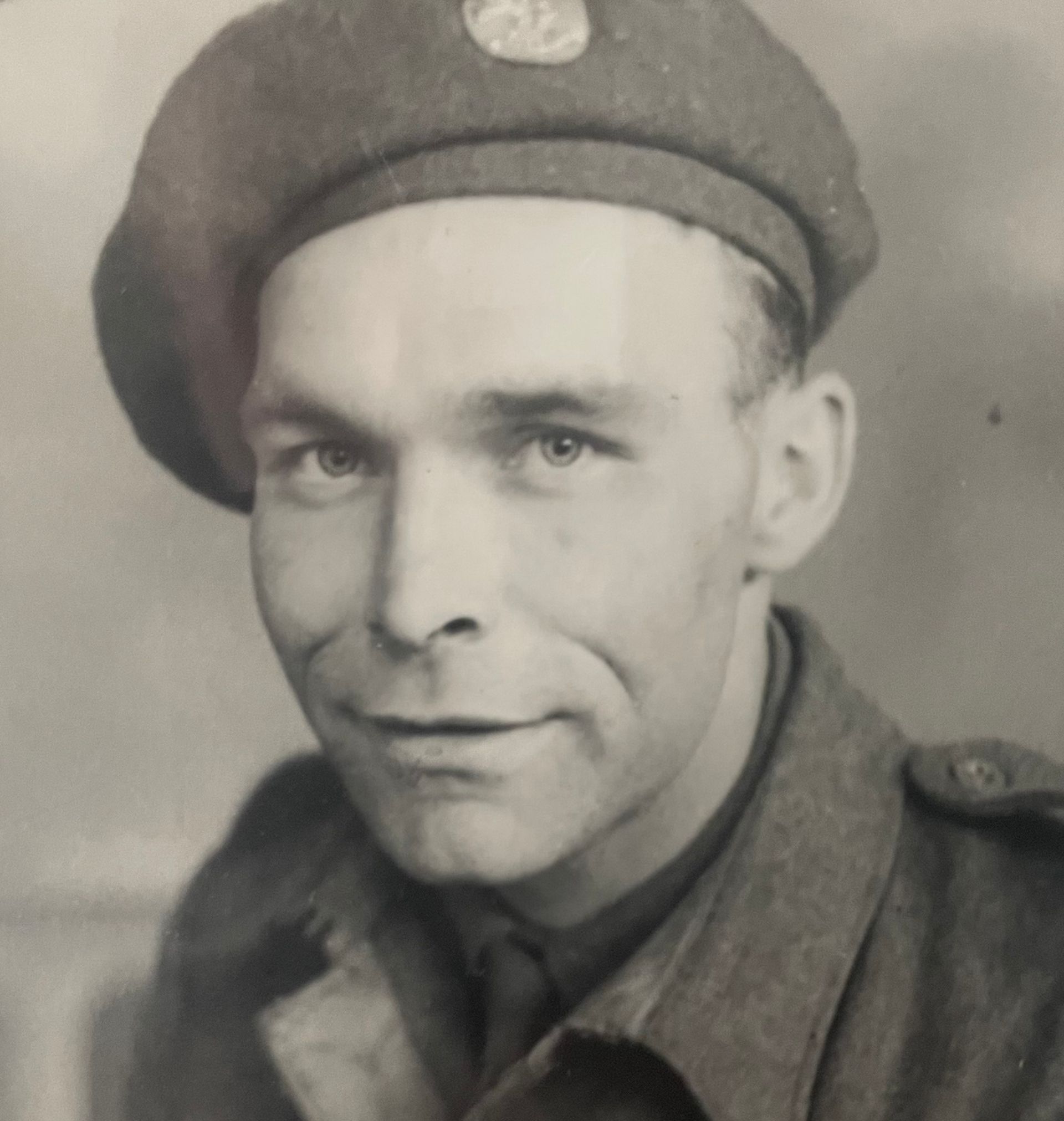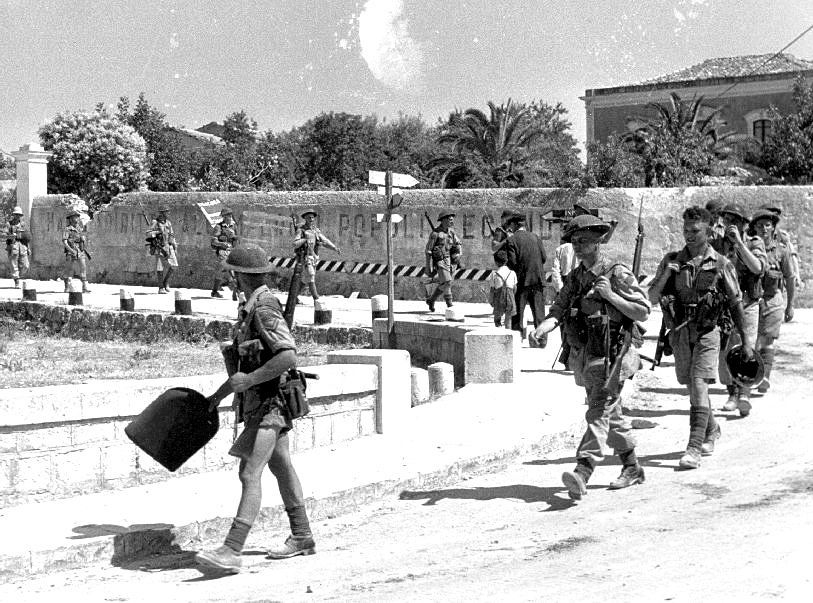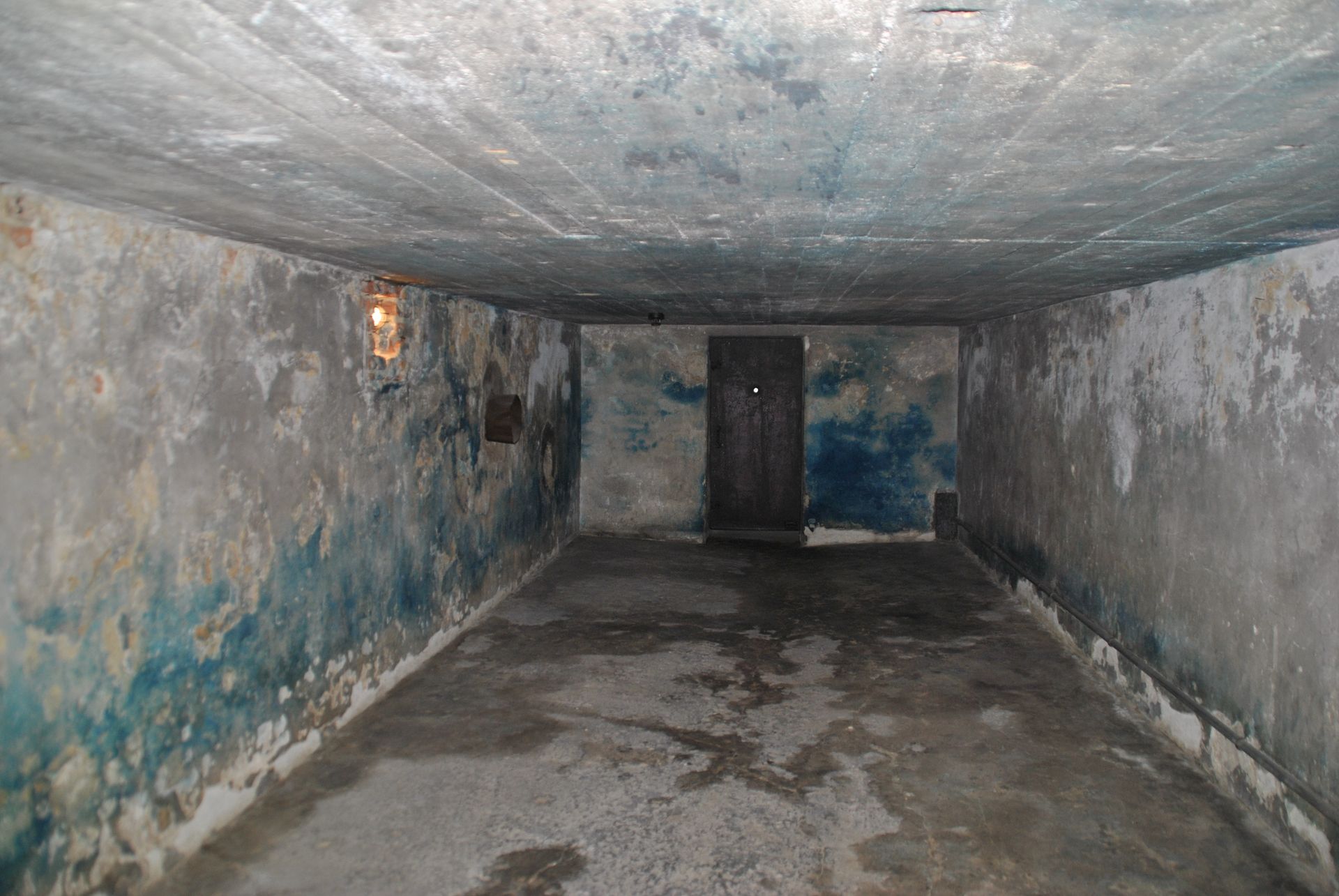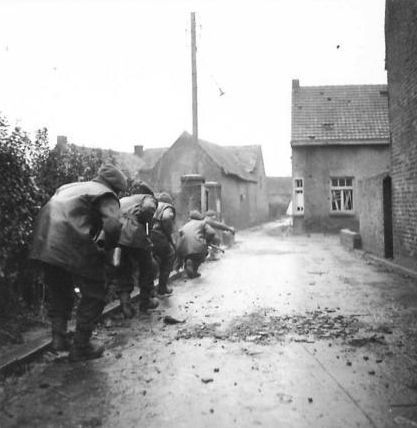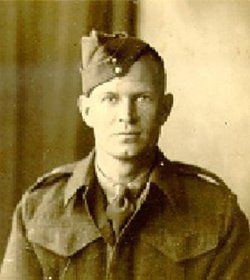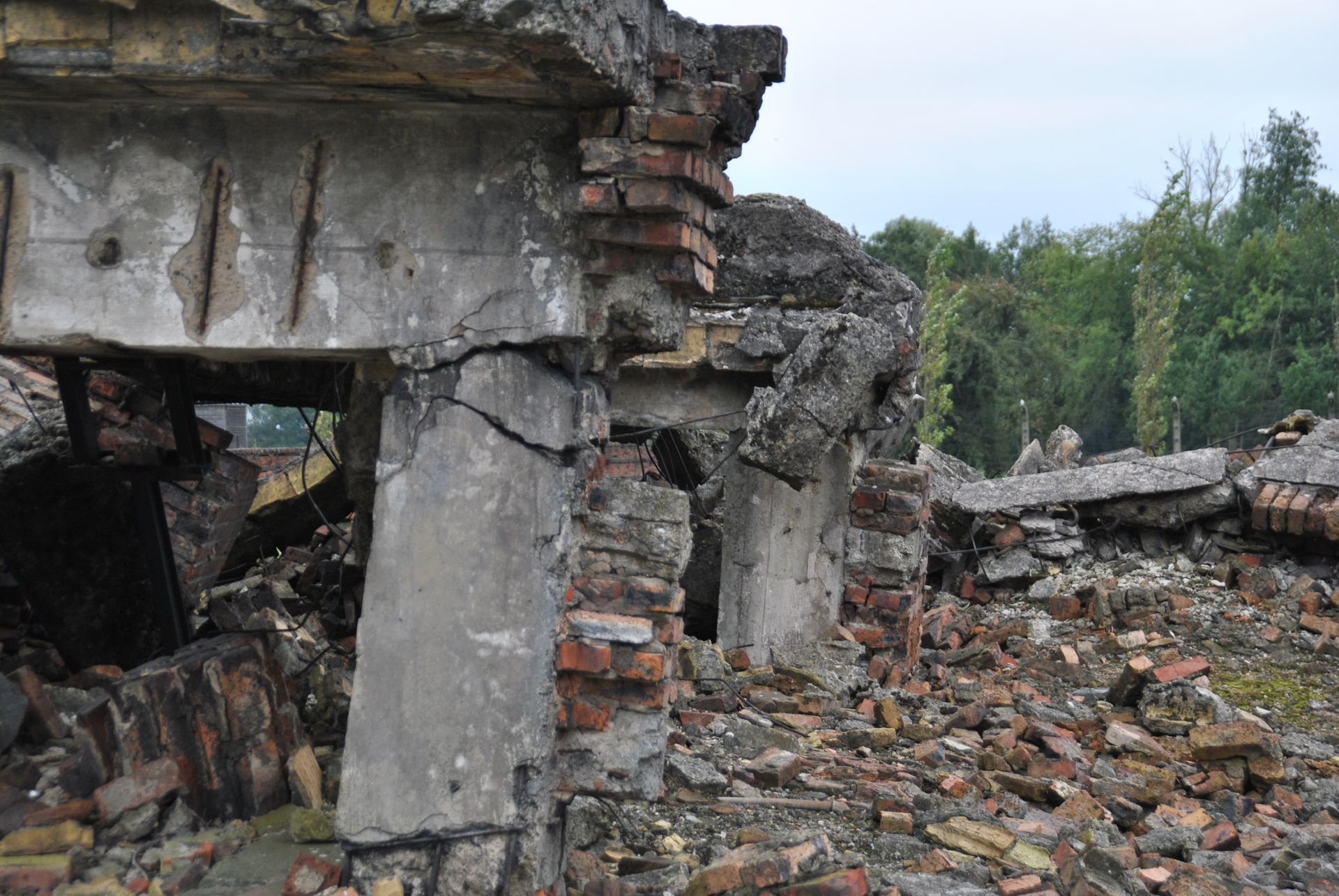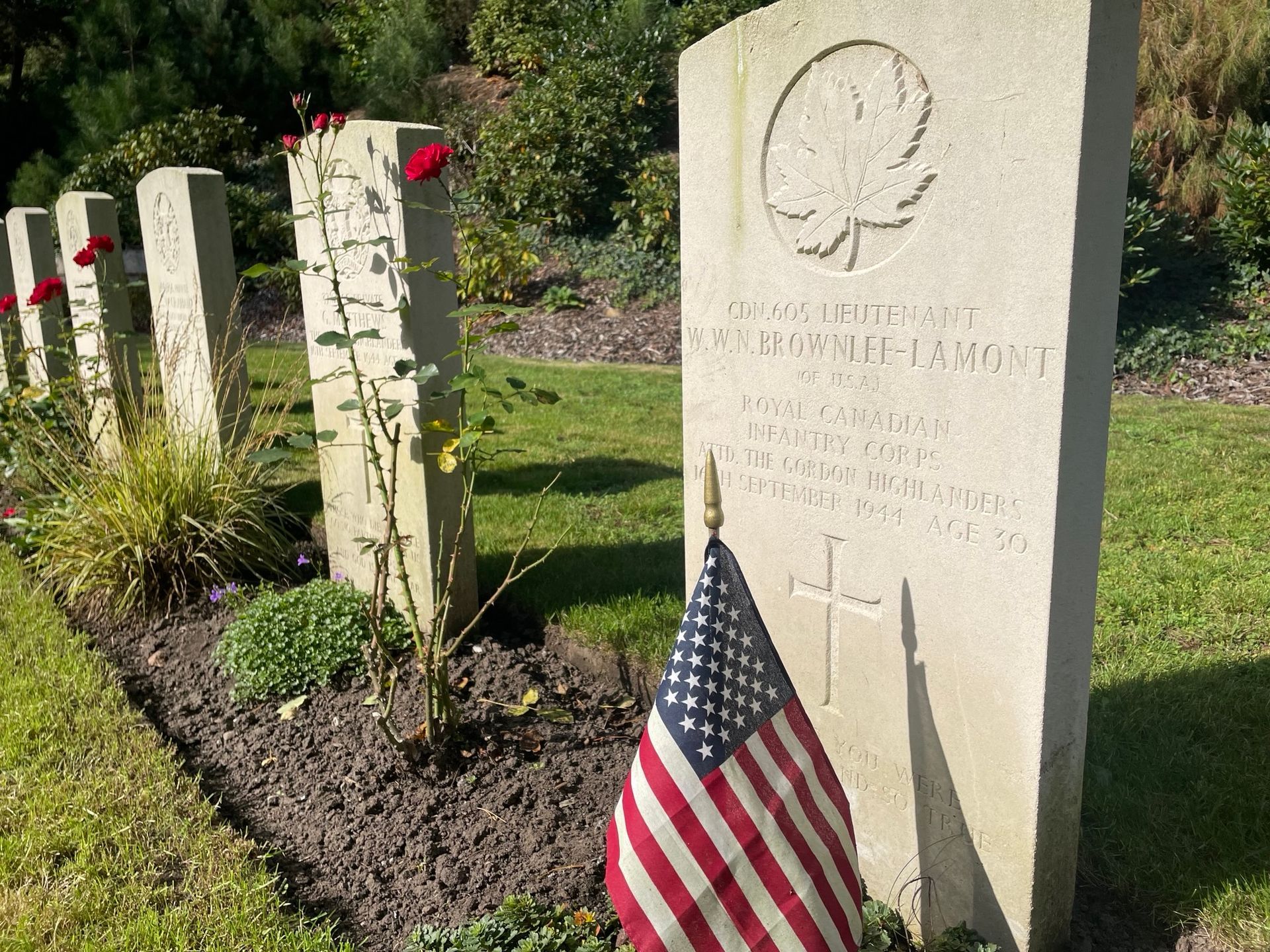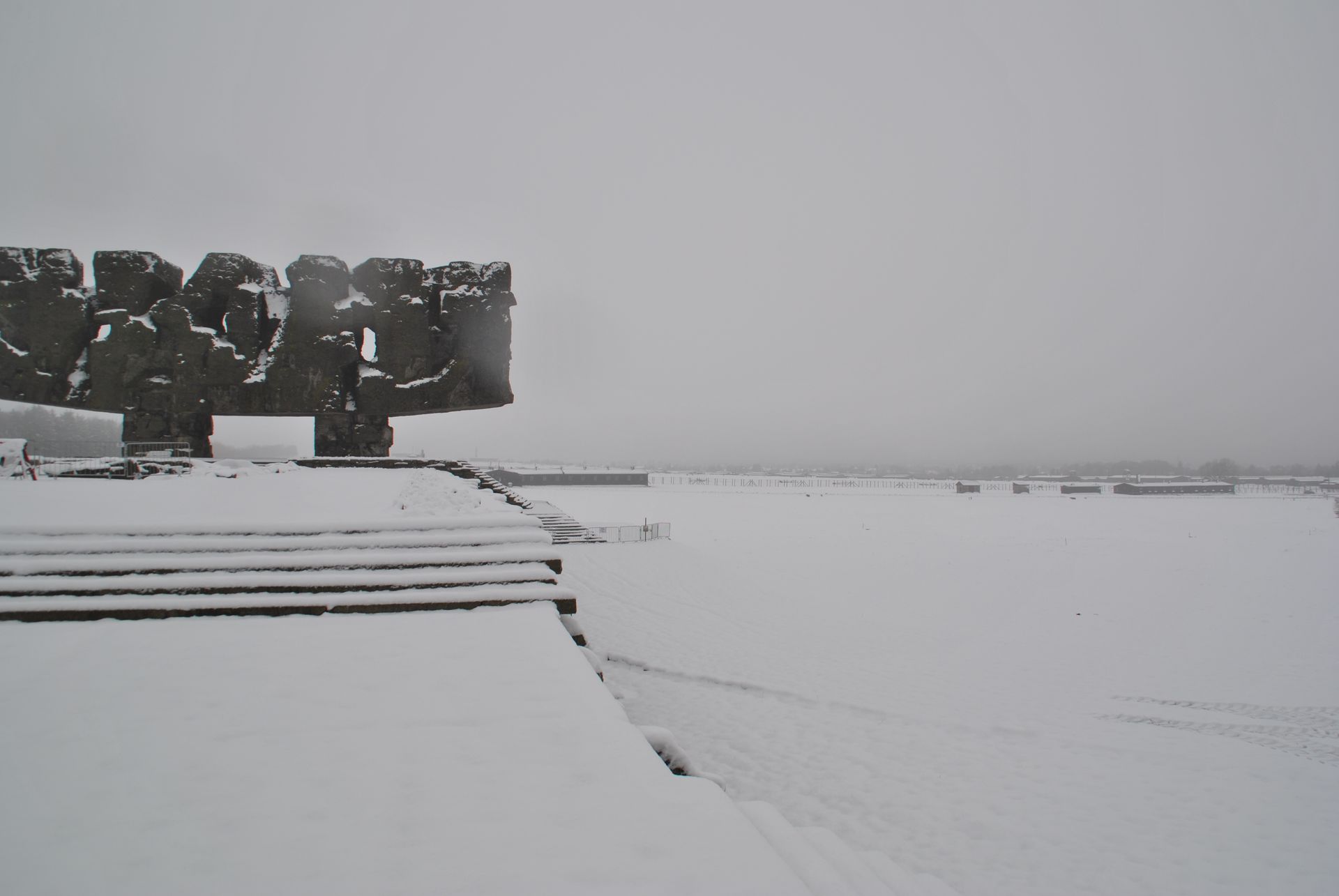The transports to death
By Gideon Gort
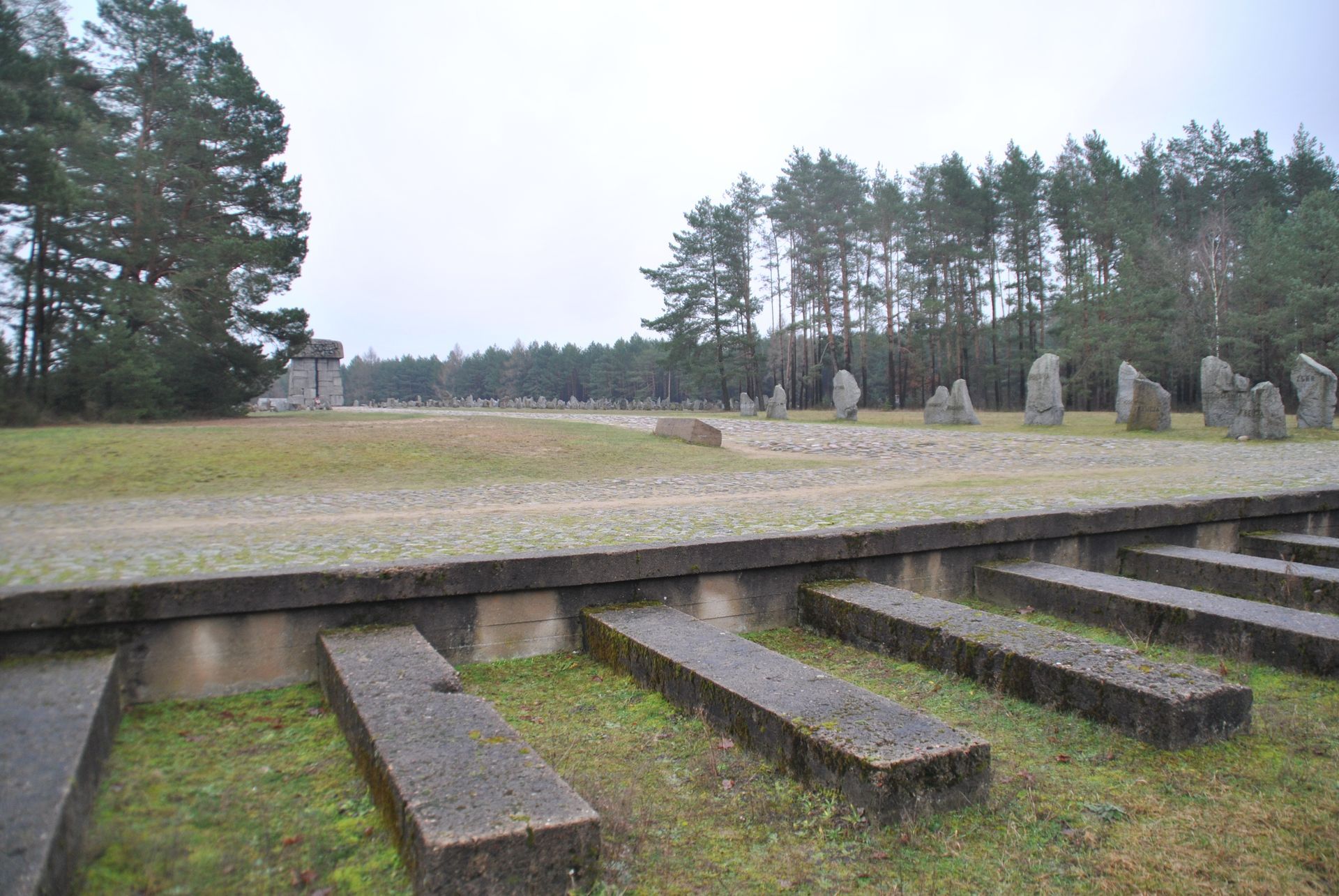
The Nazis “final solution” was the total extermination of the European Jews.
On our page
“The Holocaust explained” you learned that the Nazis started with the murder of the “useless eaters” in Germany, followed by the murder of the Jews in Eastern Europe. Mass shootings took the lives of at least 1,5 to 2 million Jews.
But, a new chapter was born. The process of killing was too slow to kill 11 million European Jews. And so the development of the extermination camps started.
In our next blog we will tell you every week about one of the extermination camps.
But today you will learn that the transport to the extermination camps was one of total horror. Movies like Schindler’s List, where some women friendly talk about how to cook a meal while standing in a cattle train, are far from reality.
If you were deported from France or The Netherlands to Auschwitz-Birkenau or Sobibor you were the most unlucky one. When deported from Warsaw to Treblinka on a day in April with a temperature of 15 degrees and some rain, you had the best papers to survive. But the truth is that almost no one survived the extermination camps and not even the transports.
The transports were organized by Adolf Eichmann. He was in charge of the timetables, the rental of trains and the departure locations.
It sounds weird, but the Nazis had to pay the Deutsche Reichsbahn (German Railroads) for every Jew that they deported by train. Four pfennig per person per kilometer. Children under the age of ten half rate, and children under the age of four were for free. And very logical but bizarre: just one-way tickets. Only for the train guards the Nazis bought return tickets.
When Jews were called-up for transport they were allowed to take some luggage with them, but not more than they could carry. Some transports contained an average of 5000 persons. Most of the time the Jews were transported in wooden cattle cars. The cars sometimes contained a small window with barbed wire. An average of fifty to sixty cattle cars per transport was used.
But, there are also examples of the following situation: transports from France in steel freight cars.
When this transport arrived at Treblinka 3000 of the 5000 people were already dead. Some committed suicide, some died of the extreme heat inside. They were literally cooked inside the freight cars. When the doors were opened in Treblinka the horrific situation of crazy people and already decomposing bodies was visible. The Jews which survived the trip from France (at least 1400 kilometers, and sometimes a 4 day trip!) were completely insane due to the horrific situation on board.
Most transports were executed by wooden cattle and freight cars.
An average of 160 people were forced into the cattle cars. Children, the elderly, men and women with their babies. Brutally beaten by the SS (Schutzstaffel, or protectionsquad, a elite part of Hitlers organisation) and the trainguards they were packed inside the cattle cars and the doors closed. It was so crowded that most people could not even sit on the floor. A lack of fresh air was immediately a problem, can you imagine if it was summertime. (Polish summers are very hot, and the winters extremely cold). There were no sanitary facilities in the cattle cars. Sometimes there was a bucket inside. A bucket for 160 people….
People left their feces in the corner of the cattle cars, the smell was horrible. The stench of vomit, blood, urine, poop and sweat was extreme. A testimony of a Polish train driver to Treblinka informs us that the stench was even noticeable in the locomotive while driving!
Horrific scenes took place inside the cattle cars. Babies unending crying, people prayed to their God and people became crazy like animals. We told you in the beginning of this blog that you were lucky if it was April and 15 degrees with rain.
If you had rain there was water. The cattle cars made of wood were not watertight and rain was able to flood into the cattle car. The wooden cattle cars made it also possible that some people found small cracks in the wall or floor, bringing them some fresh air to escape the terrible stench. There are testimonies of transports which, due to circumstances, were delayed. The cattle cars, sometimes hours or days on the same location and exposed to the extreme cold or heat, became coffins for those inside.
On our visit to Treblinka in Januari 2023 we saw the platform where the transports arrived. Twenty of the sixty cattle cars per transport were brought into Treblinka. The other forty had to wait outside the camp. The testimonies of SS guards and victims make sense.
The cattle cars were high without stairs (we estimate 1,5 meters), and the platforms were low. Many people, especially the elderly, who were beaten by Ukrainian guards out of the cattle cars to the platform, broke their legs while falling.
At Auschwitz-Birkenau we found a cattle car at the platform in Birkenau. This cattle car was used to deport the Hungarian Jews to Auschwitz-Birkenau during Aktion Höss (the extermination of 438000 Hungarian Jews) in the summer of 1944.
The Hungarian Jews were “lucky” with the distance from Hungary to Auschwitz-Birkenau, only a 500 kilometer trip. But the circumstances were horrific. It was a very hot summer in 1944 so many of the deported Jews died on their way to Auschwitz-Birkenau due to the extreme heat inside the cattle cars.
The destination of the transports was an extermination camp like Belzec, Sobibor or Treblinka. Auschwitz-Birkenau was an extermination camp but also a concentration camp. Jews who arrived at Auschwitz-Birkenau were selected for forced labor or immediate death in the gas chambers after they arrived at the platform. The situation at Belzec, Sobibor and Treblinka was one of pure horror.
When they arrived the victims were brutally beaten out of the cattle cars and immediately sent to the gas chambers. Only men, still strong and healthy after the transport, were selected for forced labor or they became a member of the Sonderkommando. A horrific chapter in the history of the Holocaust, and maybe the most devilish act of the Nazis. More about the Sonderkommando in one of our next blogs.
References:
Testimony by Franz Suchomel in Shoah, a film by Claude Lanzmann from 1985.
Testimony train driver in Shoah, a film by Claude Lanzmann from 1985.
Raul Hilberg, De vernietiging van de Europese Joden part 2 chapter 8.
Dieter Pohl, Holocaust.
Michal Wojcik, Treblinka 1943.
USHMM online encyclopedia.
Yitzhak Arad, The Operation Reinhard death camps. (revised and expanded edition)
Own visit to Treblinka extermination camp and Auschwitz-Birkenau, both 2023.
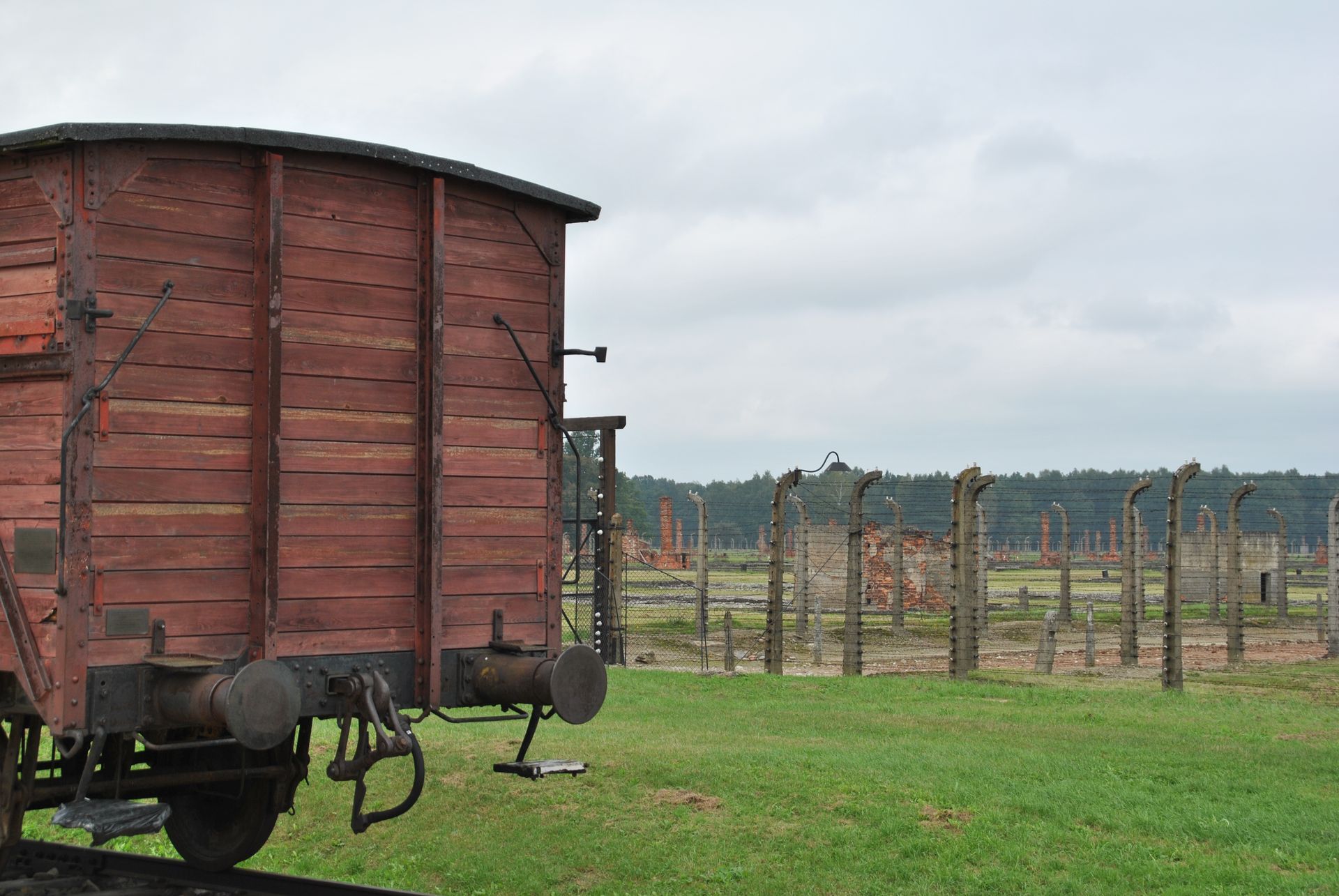
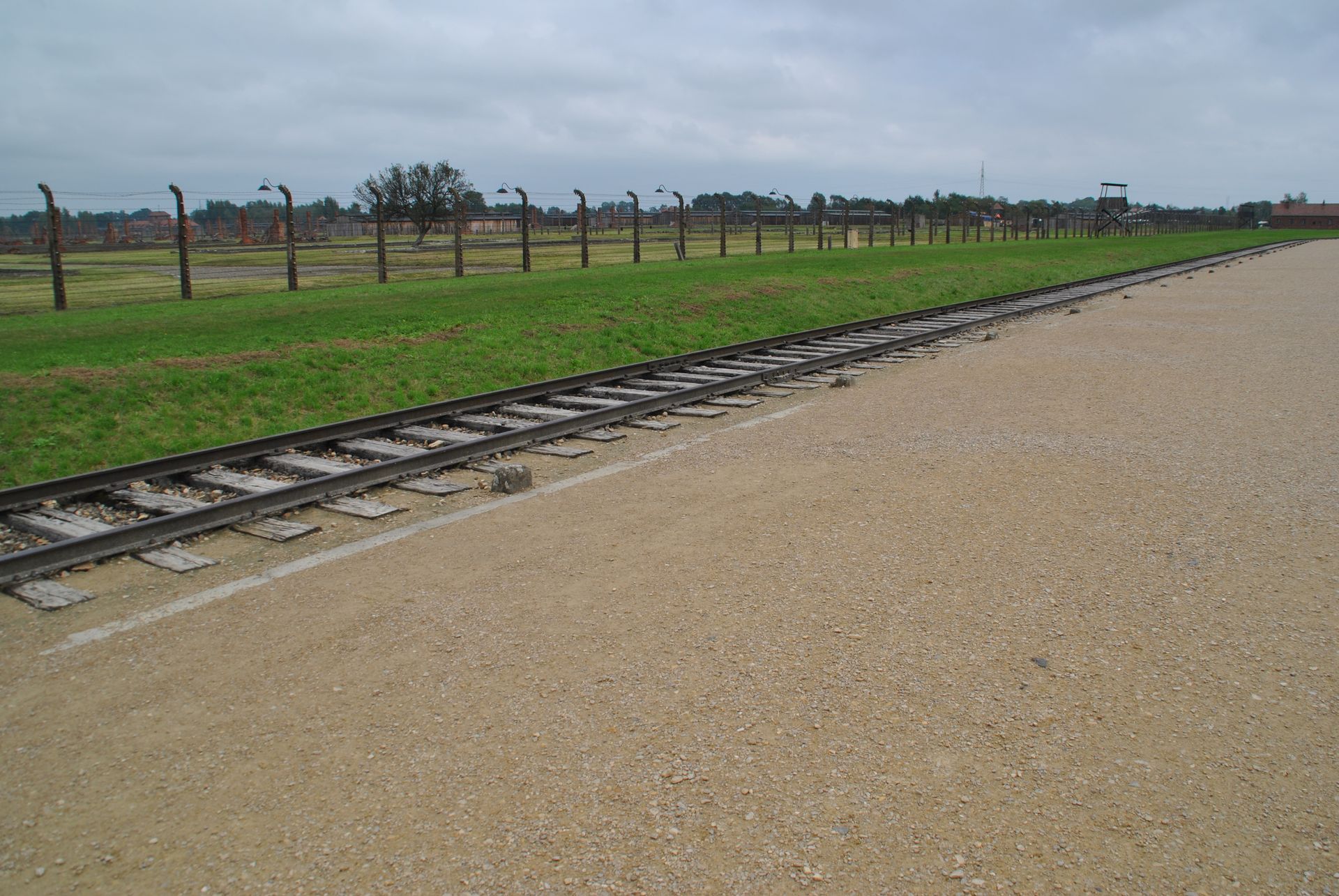
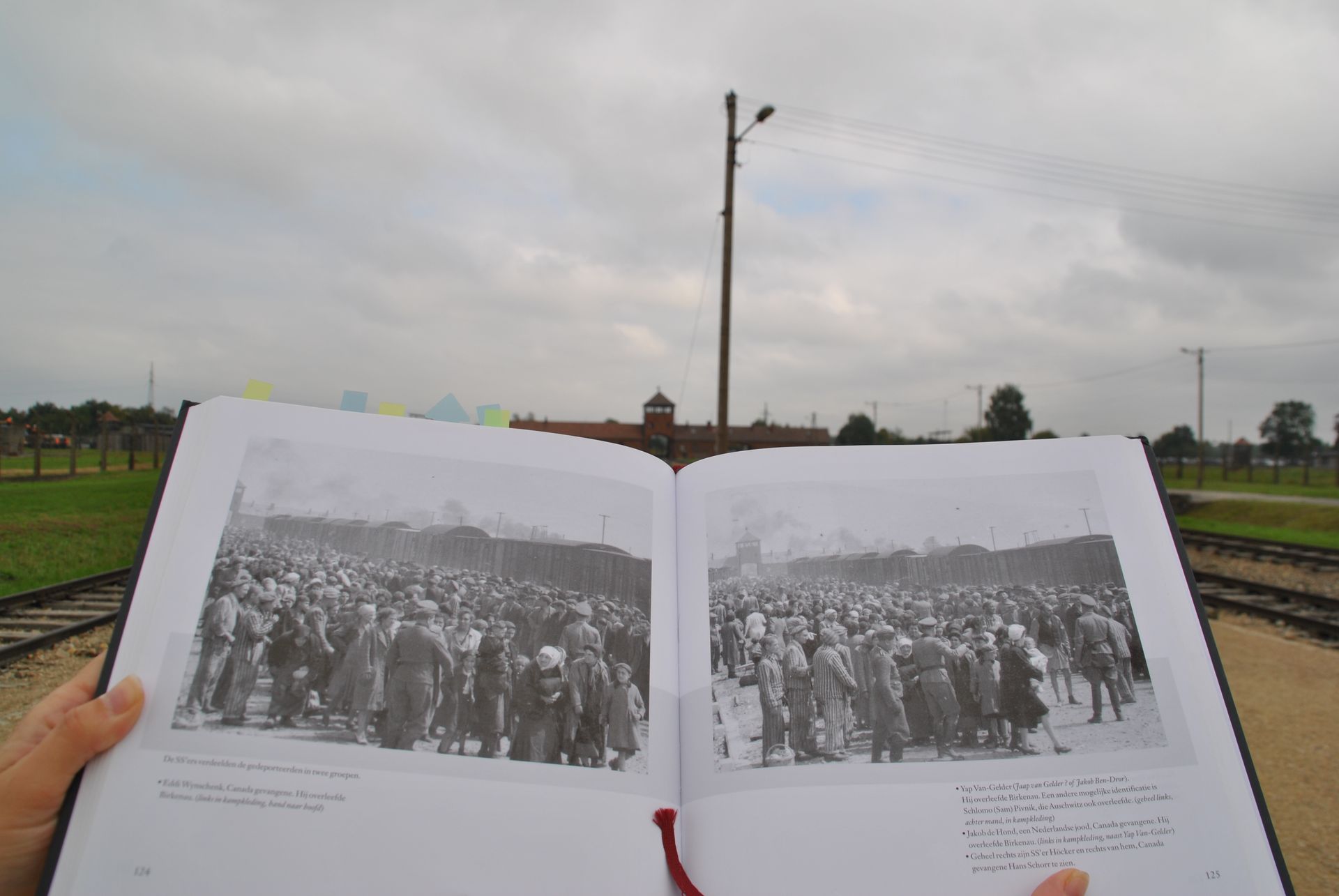
Read about our journeys in our blogs
This is our Explore Diary




